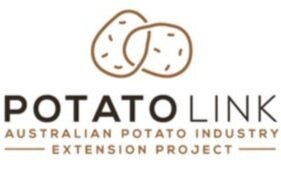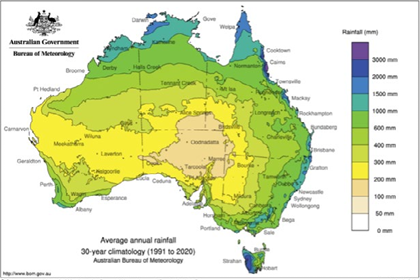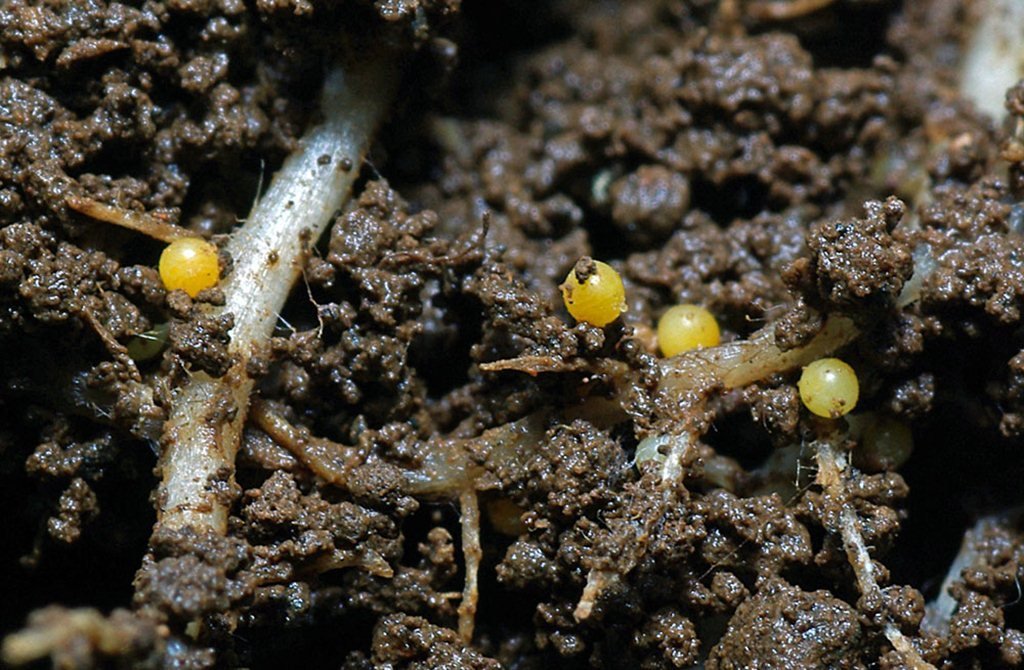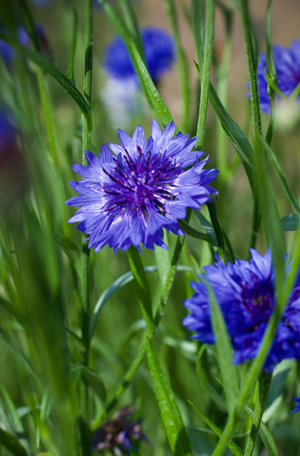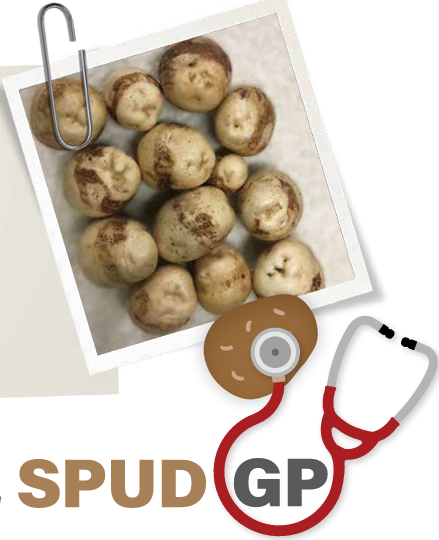Getting the most out of Bureau of Meteorology data
Following a PotatoLink online training webinar with senior members of the Bureau of Meteorology, Paulette Baumgartl has compiled a comprehensive article in Issue 09 of PotatoLink magazine pointing out that behind the weekly temperature and rainfall forecasts, and the much-loved radar, sits an abundance of data, both raw and interpreted. If you know where to look, this data can be a useful decision-making tool.
Impact of seed spacing on potato yield and size
Potato growers know that seed is an expensive input not to be wasted. And inefficient planting and spacing, including skips and doubles, can be costly.
Optimising seed spacing provides a real opportunity to minimise inputs while maximising yield. To evaluate the economic impact of poor planter performance, PotatoLink conducted a demonstration on the impact of seed spacing on potato yield and size.
Reduced tillage in potatoes
Reduced tillage agriculture has emerged as a sustainable and innovative approach to farming, offering numerous benefits to both farmers and the environment. This PotatoLink magazine article, shares some examples of growers who have incorporated reduced tillage into their farm practice and research seeking to quantify outcomes when tillage practices are altered.
Soil Physics 101
Understanding and managing the interacting components of soil health - physical, biological and chemical factors - is essential to create robust and productive soils that are able to sustain commercial potato production. This PotatoLink magazine article examines some aspects of soil physical properties and how they impact agricultural practice (and how agricultural practices impact soil physical properties).
Managing potato cyst nematode (PCN)
Potato cyst nematodes (PCN) are one of the world’s most significant potato pests. Despite potentially devastating consequences on yield, symptoms are frequently subtle; the crop can just look a bit sickly or fail to thrive. This PotatoLink magazine article covers the lifecycle of PCN, impacts of PCN, and how Scotland manages PCN.
Management of potatoes under wet conditions
Three successive La Niña seasons have left prime potato growing areas waterlogged. Challenges for growers are evident at every stage, from managing seed, planting, crop management and storage. Paulette Baumbartl covers all the key points in this article in Issue 8 of PotatoLink magazine.
Managing herbicides and herbicide injury
Potato growers have many options for controlling weeds, from prevention and cultural management to mechanical and physical weed control, and chemical and biological methods. With so many choices, the key to success is knowing which method to use, and how to combine them for maximum impact. Read about the weed control tool box and more in this PotatoLink magazine article.
Using legumes to supplement nitrogen
The world may be easing its way into post-pandemic normality, however latest market research shows that this will have limited impact on the historically high prices of nitrogen and imported fertilisers for Australian farmers. This PotatoLink magazine article provides tips on getting the most nitrogen out of your legume cover crop.
Seed potatoes
As every vegetable grower understands, all good crops start with good seed, and potatoes are no exception. However, potato tubers, unlike many other seeds, need considerable care and attention to optimise results. This PotatoLink magazine special feature covers seed age, diseases, storage, cutting, treatment, and certification.
Bug vs bug - working with natural enemies
In Issue 07 of PotatoLink magazine, Ryan Hall explains that the vast majority of insects are harmless, some are beneficial and a very few are damaging to potato crops. Encouraging beneficial insects into the crop can save time and money, avoid negative side effects, and prevent development of resistance.
Powdery scab - project update
Powdery scab is a devastating pathogen affecting potato growers of Australia causing annual losses estimated to top $13.4 million annually. In issue 07 of PotatoLink magazine, Prof Calum Wilson from Tasmanian Institute of Agriculture reports on his 3-year project — Mechanisms and manipulation or resistance to powdery scab in potato roots.
Petiole testing for nutrient analysis
Petiole sampling and analysis is an effective and simple way to determine the nutrient status of a crop, including diagnosing any deficiencies or toxicities in potato plants. Like any analyses, getting the sampling right is the first step. In this PotatoLink magazine article, learn when to sample, how to sample and how to handle samples.
Smart farming using simple tech
In Issue 06 of PotatoLink magazine, Ryan Hall looks at the accessibility and mobility of technology available to growers in the form of drones, remote sensing and smartphone apps.
Technology test drive - CROP.ZONE Integrated weed management
In Issue 02 of PotatoLink magazine, you can read the article on the CROP.ZONE Integrated weed management system used as an alternative to herbicides to terminate potato crops.
Pathogens - it’s all in their DNA
Developed by SARDI (South Australian Research and Development Institute), PREDICTA Pt is a commercial DNA testing service that can identify which pathogens are in the soil or skin of seed tubers.
In Issue 05 of PotatoLink magazine, Ryan Hall and Jenny Ekman from the PotatoLink team report on PREDICTA Pt including a 5-year case study describing its use in monitoring powdery scab and rhizoctonia on a commercial farm.
Using biologicals to sustainably maximise yield and increase returns
The rising costs of labour, fuel, power and fertiliser, coupled with a desire to embrace more sustainable practices, are driving the uptake of new biological and biostimulant products among potato farmers. Read more about biologicals in this PotatoLink magazine article.
Potassium, specific gravity and getting the balance right
Potato plants take up large quantities of potassium with peak daily uptake reaching over 4 kg/ha/day. Supplying potassium is most important during stolon and tuber initiation, although maximum uptake occurs during tuber bulking. This PotatoLink magazine article includes information on supplying potassium to crops and how potassium has helped Canowindra, NSW potatoes.
Question: Why are some of my spuds looking pretty ugly?
In Issue 05 of PotatoLink magazine, the Spud GP answers the question: Why are some of my spuds looking pretty ugly? As well as a comprehensive response, preventative strategies for the future are also offered.
Magnesium - the forgotten element?
Magnesium (Mg) is essential to plants. It is strongly involved in photosynthesis and transporting carbohydrates from leaves to roots, which is particularly important for tuber development. Yet, it may be overlooked within fertiliser programs focused on N, P and K. Read about the Mg mini trial in this PotatoLink magazine article.
Carbon Neutral Potatoes
Potatoes and sustainability go hand in hand, not only because carbon neutral potatoes are now for sale in the UK, but because they punch above their weight compared with other food staples when it comes to environmental impact. Discover more in this PotatoLink magazine article.
